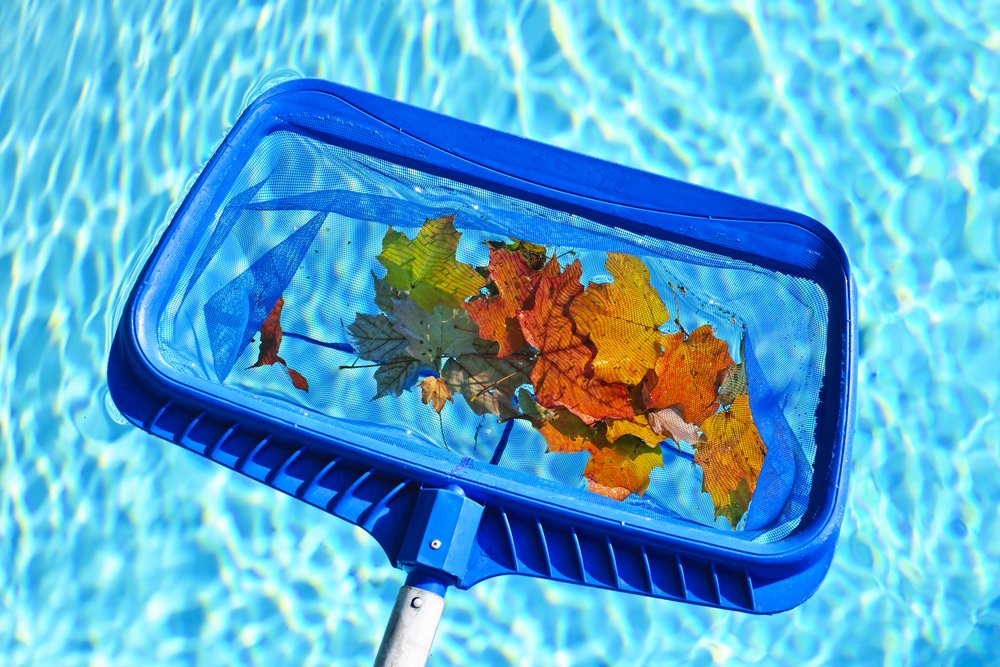Hot Weather Pool Maintenance Tips
Pool Maintenance
Love it or hate it, hot weather is a fact of life here in south central Texas. With high temperatures in the Austin and San Antonio areas predicted to reach triple digits again next week, local pools face a host of hot weather challenges. Unfortunately, these challenges combine to create perfect conditions for algae growth. As a pool owner, you may need to adjust your pool maintenance strategy to compensate. Here are our top tips to help you keep your pool properly maintained through Texas’ hottest months.
Chlorinate, Chlorinate, Chlorinate!
First of all, our glorious and intense summer sun will really wreak havoc on pool water’s chlorine concentration. The UV rays of the sun actually degrade and dissipate chlorine, and as we all know chlorine is our first line of defense against algae. On a particularly sunny day, sunlight can ruin an optimal chlorine level in as little as two hours! The solution? It is a good idea to up the frequency of your chemical testing. If you test chlorine levels every other day, switching to daily can help you stay on top of when and how much chlorine to add.
Also, check to see if your particular brand of chlorinating product contains Cyanuric acid. If it doesn’t, consider adding the appropriate amount of Cyanuric acid to your pool water. Sometimes referred to as “sunglasses for your pool”, Cyanuric acid at a level of at least 30 parts per million (ppm) actually helps shield chlorine from the dissipating affect of UV rays. If you do choose to go this route, follow the product instructions carefully for your size pool, and monitor Cyanuric acid levels regularly to keep them optimal. Levels that are too high reduce chlorine’s effect as a disinfectant and an oxidizer as well as making water appear cloudy. Bear in mind to that the only way to lower Cyanuric acid levels in pool water is to partially drain your pool and refill with fresh water.
Skim the Surface
When temps get brutal, plants feel the heat. It is common for scorched plants and trees to shed dry leaves, flowers, seed pods and even bark, all of which can wind up in your pool. Decaying plant matter is a major contributor to algae growth, so if you are noticing more debris than usual, you need to be skimming more frequently. Take a few minutes daily to remove debris from the water surface with a leaf skimmer- it is time well spent. Shoot for the morning or evening hours to avoid the hottest part of the day. Also, don’t forget to empty the pool’s skimmer baskets daily to enable the filter to be most effective.
Don’t Forget to Brush!
We know, we know. No one enjoys brushing the pool, but doing so more often this time of year is necessary to prevent algae from taking root. We recommend brushing weekly most of the year, but it’s a good idea to up your scrubbing to at least twice a week for the next month or two. Trust us, its easier to do a regular light brushing than to try to scrub off stubborn algae blooms when they have taken over!
Shock Treatment
Since you are doing everything else more frequently, you might as well shock your pool more too, right?! Seriously though, shocking weekly right now can definitely give you the leg up needed to keep algae under control. As always and with any pool chemical, exercise safe handling procedures, and be sure to observe the specified wait time before allowing swimmers into the pool.
It may also be a good idea to use an algaecide regularly as well. Ask your local pool chemical retailer to recommend the product that gives best results in your area, as well as for advice on how frequently to use it.
These are our suggested tips for keeping your pool clean, algae-free and beautiful through the late summer Texas heat. It may mean a bit more work, but you will thank yourself each time you dive into your cool, refreshing Texas Pool! For more great pool, spa, and outdoor living information, follow us on Facebook, Twitter, or Google+!
